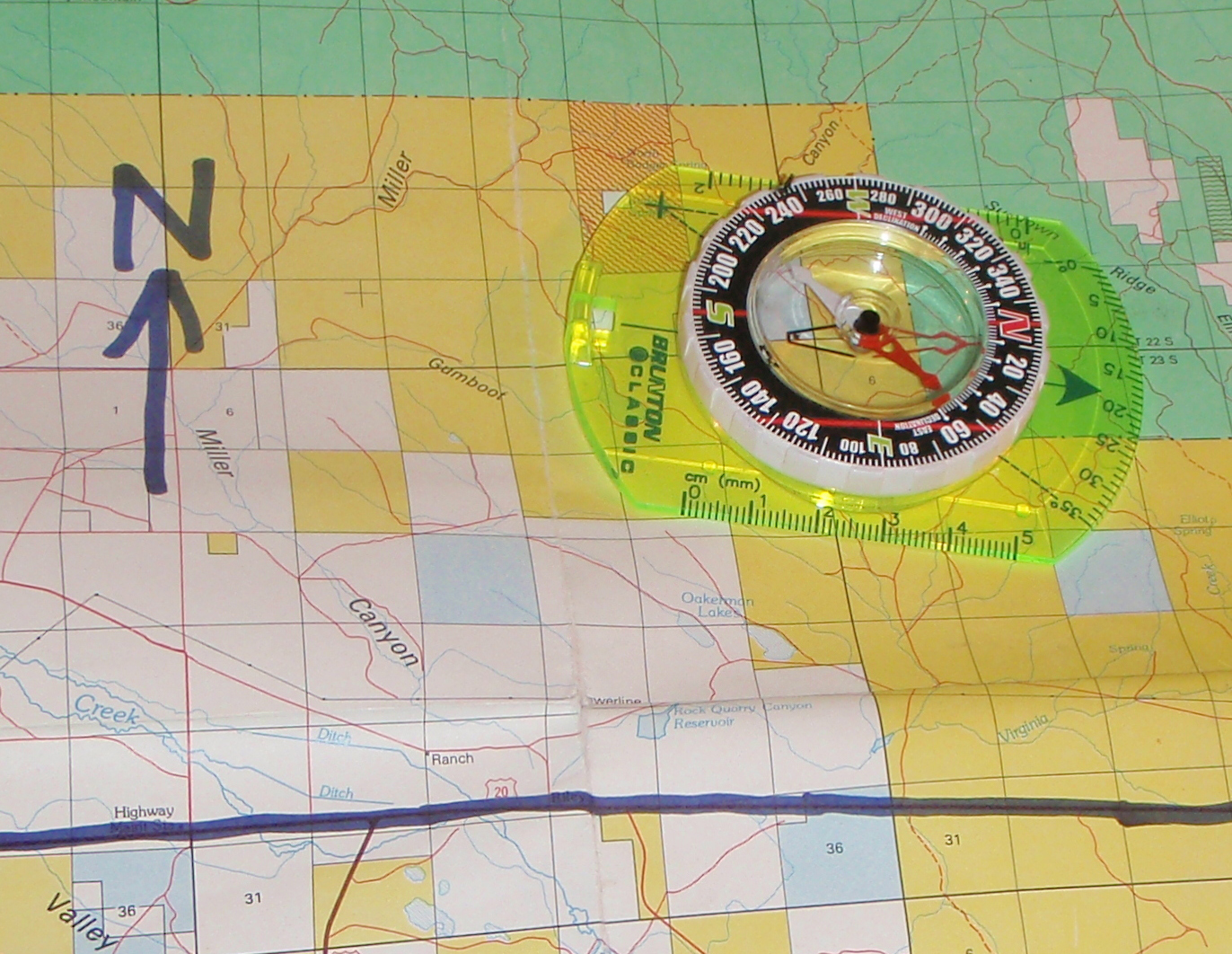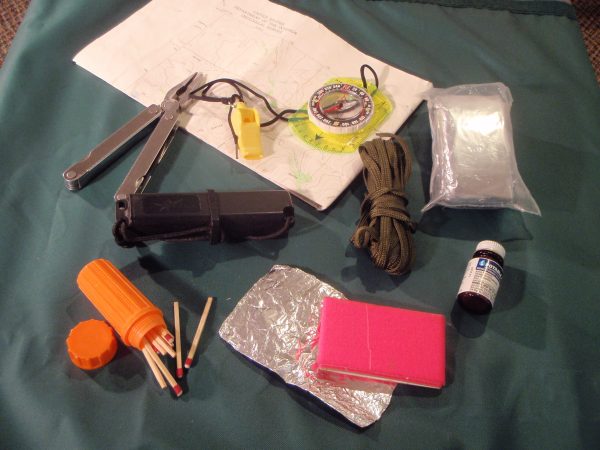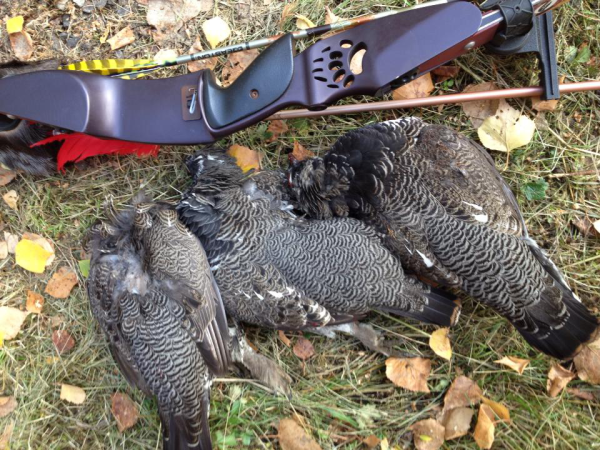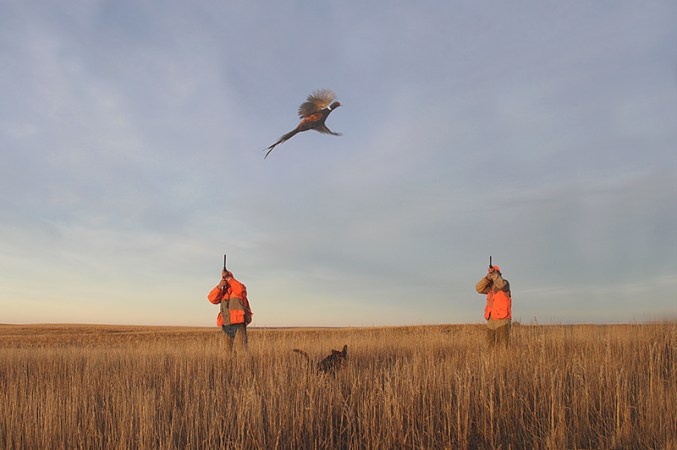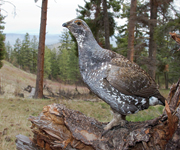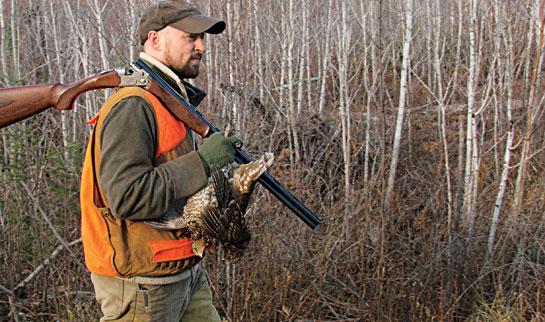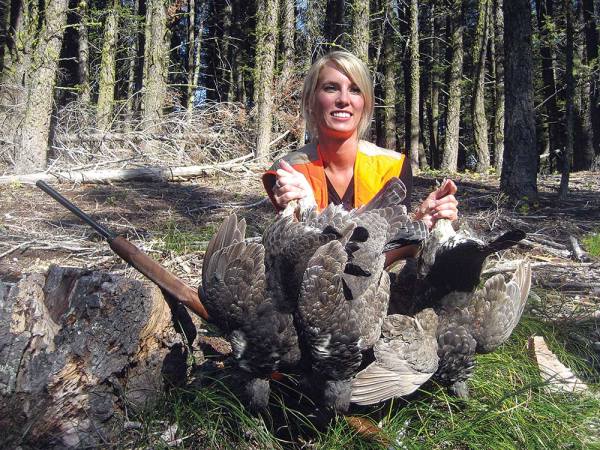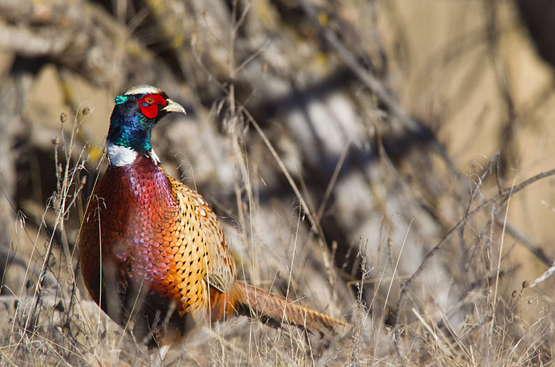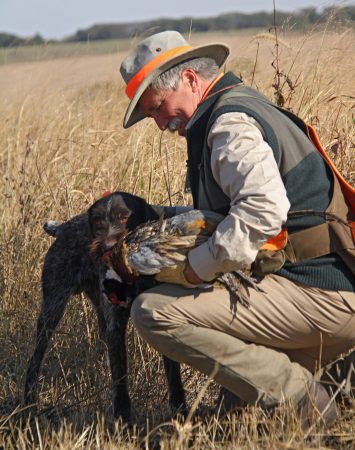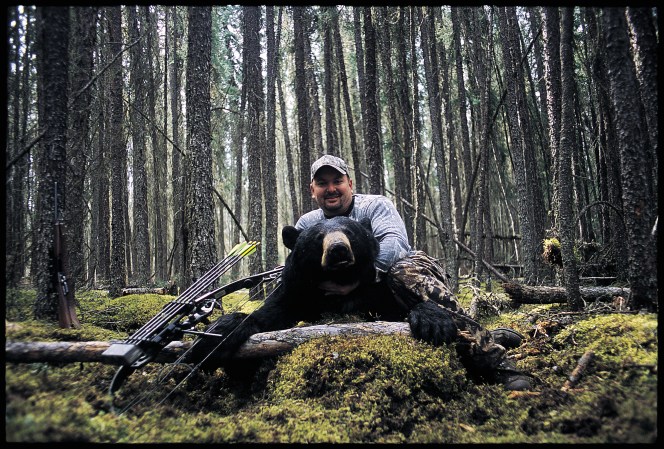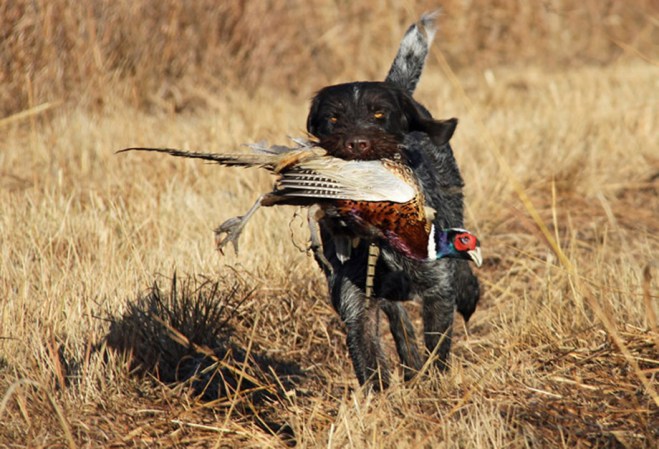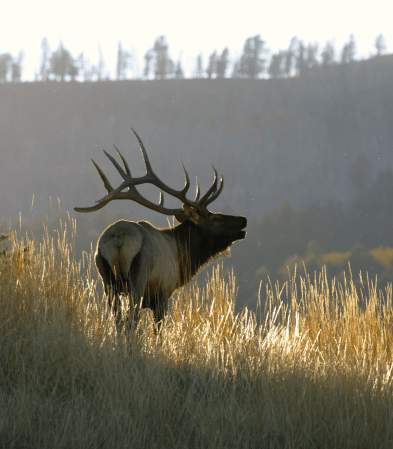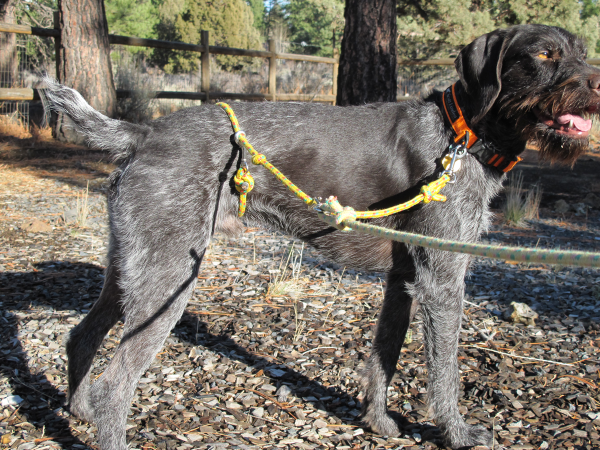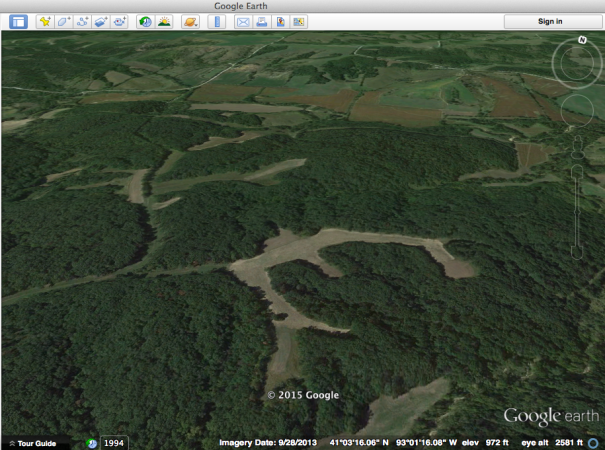I’ll never forget the time I watched someone’s tent wheeling across the blustery desert because a guy anchored its ropes with granny knots. It was yet another reminder of the practical value of obtaining and mastering basic outdoor skills. Spending a chilly night under the stars was a valuable lesson for that hunter, and he’s not likely to make the same mistake again.
Upland bird hunting doesn’t always sound like the most hardcore pursuit, but it poses its own share of challenges. As with most things in life, there’s usually a right way to do a task, and a number of wrong ways to do it, which ultimately result in you having to re-do it. Even if you were a Boy Scout, useful skills and indispensable knowledge still have a way of falling out of your mental filing cabinet over time. Some of them might save a life, or help someone avoid serious injury. Others are simply helpful and will make your day afield more productive and enjoyable.
1. Wayfinding
While a GPS can be a lifesaver, map and compass skills can bail you out when batteries fail. At a minimum, know how to find a “catchline” that will lead you back to a known location:
Study, then bring along a copy of a map of the area you will hunt. Make note of a stream, road, ridge line, or other long relatively straight feature in relation to where you park or make camp. That’s your catchline. You will hunt away from that location, and as long as you know which direction you went in relation to the catchline, you’re home free.
For example: I’m camped along a river that runs north-south. I hunt away from camp to the east. When I want to head back, I simply walk west until I reach the river. Camp is either left or right along my catchline. If I’m really smart, I’ve overshot camp on purpose (say, to the north) so I know to walk south when I hit the stream.
2. Stay warm in a sleeping bag
Wear dry sleeping apparel. It sounds like a no brainer, but even the clothes you wore all day are full of your perspiration and will wick all the heat from your body. Eat or drink something warm before bed (I prefer hot buttered rum—just don’t overdo it on the alcohol). Wear warm socks and a stocking cap. Buy a sleeping bag that has enough room in the foot area, because toe-compressing insulation is a sure route to misery.
Use a sleeping pad to insulate you from the cold ground or air circulating below your mat, mattress, or cot. Put a waterproof ground sheet (vapor barrier) under you or your tent to prevent bone-chilling moisture from seeping into your sleeping bag. If it gets extremely cold, wrap yourself in another vapor barrier (my lawyer insists I remind you to leave room for your head to ensure you can breathe).
3. Drive a muddy road
On snowy days in my town, we’ve turned watching out-of-towners skid through intersections into a spectator sport. Do they think the 4WD button on their dashboard gives them carte blanche to drive like Luke Skywalker honing in on the Death Star? We bundle up, set out lawn chairs and watch the mayhem (first aid kits close at hand, of course).
Mud can be even worse than snow, and a more likely obstacle for where upland hunters spend their free time. Don’t want to be the guy trying to look cool as he slides sideways through the four-way stop? Then go slow. Avoid braking, as it will lock your wheels and you’ll lose what little contact you had with terra firma, sliding like a pat of butter in a hot skillet. Use a low gear and four-wheel drive. Look ahead on the road to anticipate a good “line” and maintain momentum—but not too much.
Move your steering wheel left to right as you negotiate ruts—the tires’ sidewall tread will grip the rut walls. Avoid sharp movements and turns: the weight and momentum—not tires—of your vehicle will carry the day on a slick-as-snot “road.”
If you get stuck, more weight on the drive wheels might generate additional traction. Put your friends in the truckbed over each wheel. Place branches, brush, floor mats, or small rocks in front of drive tires to create some traction. “Rocking” back and forth by going from forward to reverse gears might get you out, but spinning wheels at high speed just digs you deeper. Sometimes, all you need are a few inches of movement to get out of a rut. A small log, shovel handle, or other lever pushing on the bumper might be enough.
4. Break up a dog fight
Never grab a brawling dog by the collar. It’s a struggle to keep two fighting dogs apart for very long. Once locked in a battle royale, even the most docile dog has little regard for even the kindest owner, and could inadvertently bite you as you reach for his collar.
With two people: Each person grabs the back legs of a dog and pulls them back and up—a motion not unlike a wheelbarrow. This makes the dog sidestep with his front feet or fall, so he has little incentive or ability to bite you. Do not release the dogs. Keep pulling them and put them in separate rooms, yards, etc.
If you’re alone: Grab a leash, loop it around the waist of one dog by threading the clip end through the hand loop. Pull that dog to a post, pole or other secure object and tie the leash to it. The fight, of course, will continue. Then, grab the other dog by the back legs as described above, isolate it in another yard or room. Release the tied dog only when the other one is safely isolated in a secure location.
If you haven’t already encountered—and survived—these common situations, you’re bound to at some point. Hopefully they’ll come in handy the next time something goes awry on a hunt.
